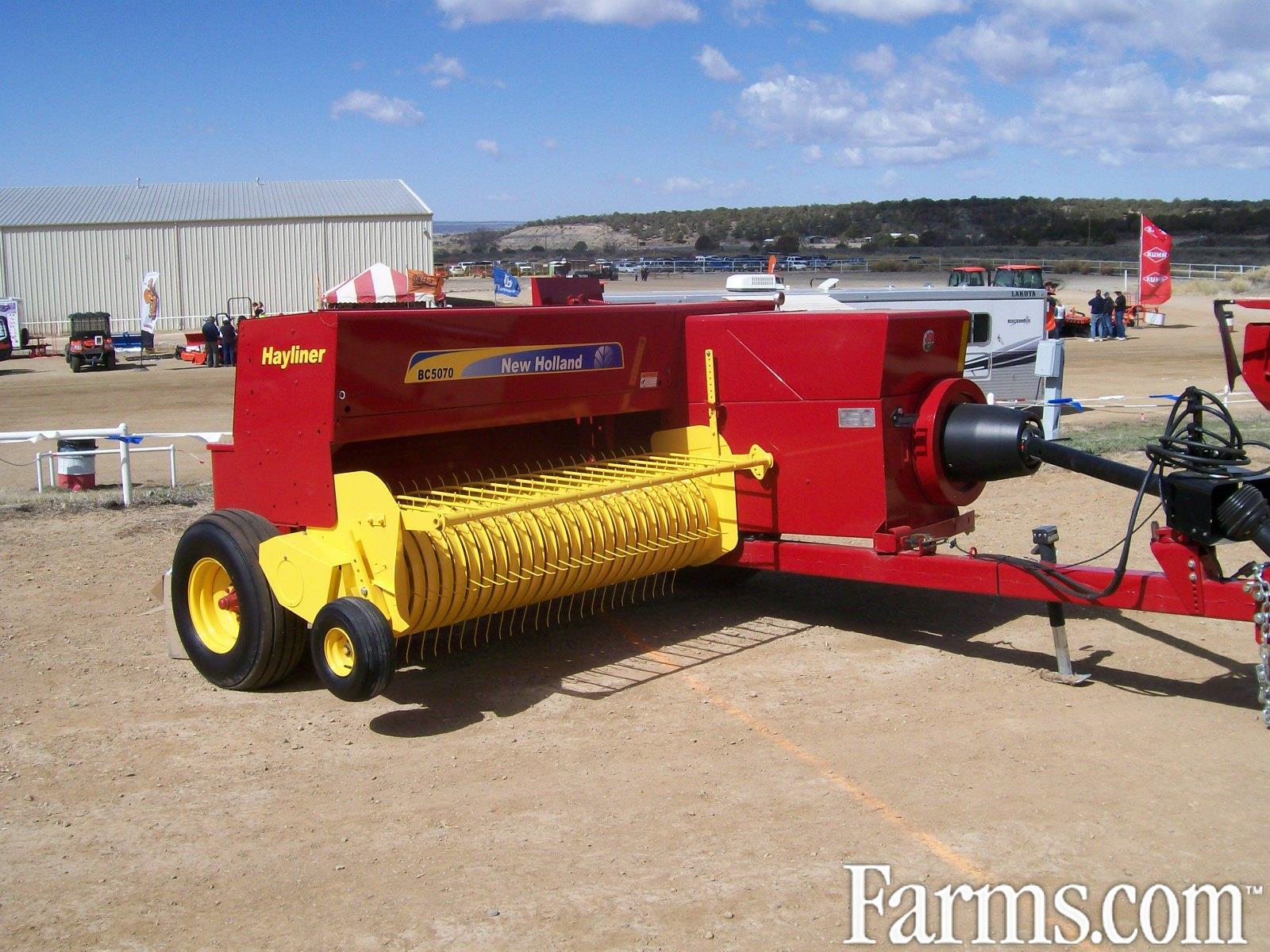
Even when hay is baled “dry,” it still contains at least a little moisture.Īs the hay continues to dry after baling, the bale will lose weight and-in my experience-physically shrink at least a little. Read more: Here are tips for calculating your baling twine needs. Stacking hay in a barn isn’t the last time you’ll handle it. But our troubles with loose bales weren’t over. And the stack itself was unstable since loose bales make poor building blocks.Īs the summer went on, we managed to tweak the baler settings to produce tighter bales while still keeping the weight in a suitable range. Bales came apart left and right during stacking. The amount of slack in the twine was unmanageable. While the bales were indeed very light (I’ve never been able to toss bales so high!), they were also far too loose. Since our crew is small, we try to keep each bale relatively lightweight for easy handling as we stack them 12 bales high in the hay barn.īut for whatever reason, we struggled to nail down the right blend of size, weight and twine tension last summer. On my farm, we bale around 2,000 small square hay bales each summer. Read more: A hay moisture tester helps with baling and storage.

But getting them correct is important for making good bales. And many factors influence the end results. These three aspects are all related, and it can be trickier than you think to adjust one without affecting the others. For example, there’s the art of adjusting the baler so the bales it creates are suitable in terms of size, weight and twine tension. And a hay moisture and temperature tester reduces the guesswork in determining whether hay is dry enough to safely bale.īut other areas of making hay aren’t quite so refined. Sure, the advances of modern weather forecasting make it easier to identify sunny stretches suitable for baling. We will be glad to help.Sometimes, it can seem as though producing square hay bales is more of an art than a science. If you need assistance in determining which of our balers for sale are best for your farm, contact us. The baler that will best fit all these criteria is the one you should consider for buying. What to Consider When Choosing a Balerįactors that will affect a baler choice include: Check our catalogue for a mini round baler for sale. You can store these bales inside or outside as the shape provides weather resistance, and the size makes them easy to store. Mini round balers are farming machines that create a small round bale. You will find equipment in our square baler sales to create large square bales which you can easily stack in a barn for convenient storage. Many farmers opt to purchase round balers due to ease of use and weather resistance, but big square balers have their place. You will find a small round baler for sale on this page. Both round and square bales are available for sale in large and small sizes, as do the balers that create them. If your farm has less acreage than average, buying a small baler can do the job. Square balers are often available for sale as more expensive than round balers. They must be stored indoors to prevent them from getting wet and should be dried before baling. They retain nutrients better and work well with mechanical bale feeders. Square bales are a great buy, as they are easier to handle and stack well. On the other hand, they take more time to wrap and eject and are trickier to stack. Round balers have lower maintenance costs. For example, round bales are water-resistant and can be stored outside.

When searching for baler sales, keep in mind that each bale shape has its pros and cons.

Our round and square baler sales can help you get the right baler to your farm with no hassle and no pressure. Using a baler makes collecting the plant material much easier and less time-consuming.īaling by hand makes lower-density bales and takes much longer. Many times, this is used to feed livestock or to clean up fields for other uses. Farmers buy balers to pick up plants and stalks like grass, hay, straw, corn stalks, and many other materials.


 0 kommentar(er)
0 kommentar(er)
